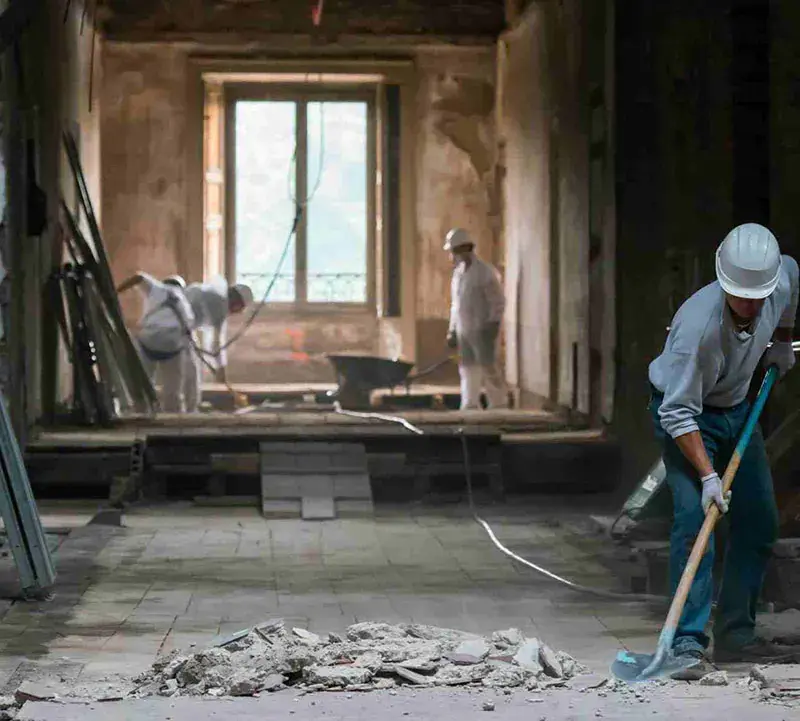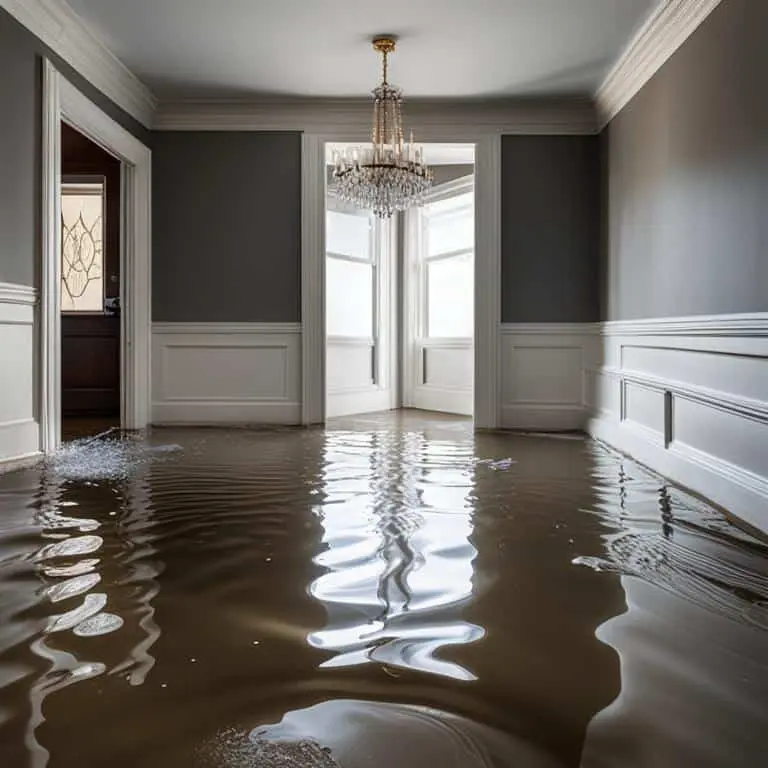What Are the Common Challenges in Fire Damage Restoration?
When disaster strikes in the form of fire or flood, property owners face more than just structural damage. The aftermath of fire and flood damage restoration is a challenging process that requires specialized knowledge, expertise, and proper tools to return the property to its pre-damaged condition. While each situation is unique, certain challenges are common across the industry. This article will highlight the key difficulties professionals face when undertaking fire damage restoration and flood damage restoration, and how these challenges are typically addressed.
1. Assessing the Extent of Damage
One of the first and most critical challenges in fire damage restoration is accurately assessing the extent of the damage. Fires can destroy structures in various ways, from consuming walls and ceilings to damaging the foundation. Additionally, the smoke and soot can penetrate every corner of the building, making it harder to identify what can be salvaged and what needs to be replaced. The challenge here lies in conducting a thorough inspection to evaluate the damage both visually and through advanced tools such as moisture meters, infrared cameras, and specialized smoke residue detection methods.
For flood damage restoration, the scope of the damage may not always be immediately apparent. Floods often cause significant water intrusion, leading to hidden moisture within walls, under floors, and in the building’s foundation. Water can also seep into electrical systems, potentially causing a hazardous environment. A comprehensive inspection is essential to ensure that no hidden damage is overlooked, as moisture can lead to long-term issues like mold growth if not addressed promptly.
2. Smoke and Soot Residue Removal
After a fire, the most noticeable damage often comes from the smoke and soot that spread throughout the property. These residues can penetrate even the smallest cracks and crevices, making it challenging to clean and restore surfaces. Additionally, the soot can be highly acidic, which can cause staining and deterioration of materials such as upholstery, carpets, wood, and metal. Removing this residue requires specialized cleaning agents, equipment, and techniques to ensure that no residue remains, which is vital to preventing lingering odors and further damage.
In fire damage restoration, soot cleaning involves carefully removing soot particles from different surfaces, whether they are porous or non-porous. It requires the use of high-powered vacuums, scrubbing machines, and in some cases, thermal fogging or ozone treatment to neutralize odors and remove the last traces of smoke.
3. Water Damage from Fire Suppression Systems
While the fire itself can cause significant damage, the efforts made to extinguish the flames can create a new set of challenges. Firefighters use water, foam, or chemicals to suppress the fire, and this can lead to extensive water damage, especially if the fire suppression system in a building is activated. For fire damage restoration, the water introduced into the property can weaken structural components, warp flooring, ruin furniture, and contribute to mold growth.
Similarly, flood damage restoration also involves dealing with water-related damage. In cases where flooding leads to water pooling in certain areas of the property, it becomes necessary to extract water and dry out the building quickly to avoid further damage. This could involve removing wet carpets, furniture, and drywall that have absorbed water and could potentially cause structural instability if left untreated.
4. Mold and Mildew Growth
Water intrusion, whether from fire suppression systems or floodwaters, creates the perfect breeding ground for mold and mildew growth. Mold can start growing within 24 to 48 hours after water exposure, making it a significant concern for both fire damage restoration and flood damage restoration. Mold can not only damage the structure but also pose serious health risks to anyone exposed to it.
Professionals must act quickly to remove water and humidity, then address any existing mold through mold remediation procedures. This includes removing and replacing materials affected by mold, as well as utilizing dehumidifiers, air scrubbers, and antifungal treatments to eliminate spores and prevent future growth.
5. Salvaging Personal Property and Valuables
Another challenge in fire damage restoration is deciding what can be salvaged and what must be discarded. Fires can render personal property like clothing, electronics, and furniture completely unusable. However, depending on the type of fire and the severity of the damage, it is sometimes possible to clean and restore these items. Professional restoration companies employ specialized cleaning techniques such as ultrasonic cleaning and ozone treatment to restore belongings like electronics, documents, and artwork.
In flood damage restoration, the damage to personal belongings can be just as severe, with water ruining furniture, books, documents, clothing, and appliances. Restoring some of these items may be possible through drying techniques, deodorization, and disinfection, but in many cases, items may need to be replaced to ensure the safety and health of the occupants.
6. Structural Integrity Concerns
The structural integrity of a building is often compromised by fire and flood damage. Fire can weaken load-bearing walls, beams, and roofs, while water can cause materials like drywall and wood to swell, warp, or even collapse. When undertaking fire damage restoration or flood damage restoration, the challenge is ensuring that the building is safe to inhabit. This includes reinforcing the structure, replacing weakened materials, and checking for potential hazards like electrical shorts or gas leaks that could lead to further damage.
In many cases, it may be necessary to consult engineers or architects to determine whether the building is salvageable or if a full rebuild is necessary. This step can take time, as it requires careful consideration to avoid causing additional harm during the restoration process.
7. Odor Removal
A pervasive issue in both fire damage restoration and flood damage restoration is the lingering odors. After a fire, smoke can cling to fabrics, furniture, and even walls, creating a musty, burnt smell that is difficult to eliminate. Similarly, after flooding, stagnant water can cause a musty odor due to bacterial growth and mold. In both cases, odor removal requires a combination of cleaning, deodorizing, and sometimes even advanced techniques like ozone treatment or thermal fogging to neutralize the scents and restore fresh air to the property.
8. Coordination with Insurance
Lastly, one of the most frustrating challenges in fire damage restoration and flood damage restoration is dealing with insurance claims. The restoration process often requires dealing with insurance companies to ensure that the damages are covered. Navigating the claims process can be complex and time-consuming. Insurance companies may dispute certain claims, leading to delays in the restoration process.
Professionals in the restoration industry often assist property owners with this process by providing detailed documentation and estimates, helping to ensure a smoother claims process. However, this aspect of the restoration can be stressful and should be handled carefully to avoid confusion and delays.
Conclusion
Fire damage restoration and flood damage restoration present a host of challenges that require expertise, time, and careful planning. From assessing the extent of damage to removing odors and ensuring structural integrity, the restoration process involves several key difficulties that must be addressed to restore the property properly. Professional restoration services are crucial to overcoming these challenges and ensuring that the property is not only safe but also returned to its original condition. Through prompt action, advanced tools, and specialized knowledge, fire and flood damage can be mitigated, allowing property owners to move forward with their recovery.






































